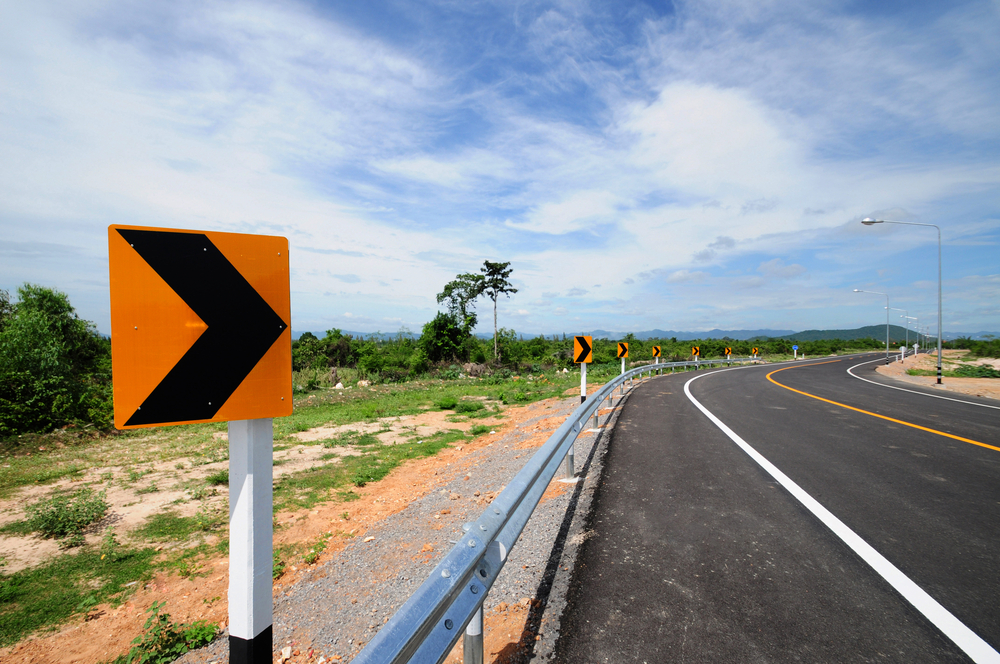How highways got their signs
We recently got an interesting inquiry from a customer asking, just how did street signs get that way? Why are they shaped like they are?
Well, it’s actually an interesting question!

At first, signage on streets and highways wasn’t standardized at all. In the early 20th century, most long-distance travel was by rail or by ship, so there was much less need for road signage that could be seen at speed. Government intervention was relatively minimal, and signage was instead posted by a wide variety of private car clubs. No signage standards existed, and duplicate signage abounded on heavily traveled roads. Many intersections were controlled either by policemen– raising the risk of human error– or by non-uniform signs that might confuse unfamiliar motorists.
As cars became more and more common, state and local officials began to adopt uniform standards for road signage; first, with the 1927 American Association of State Highway Officials’ manual for rural areas, and then with the National Conference on Street and Highway Safety’s markers for urban areas.
The federal highway manual, the Manual on Uniform Traffic Control Devices, was written in 1935, and was meant to standardize road signage and make those uniform. Signage gradually evolved through a combination of experience and research; by 1961, signage had largely evolved into its modern form.
Since then, relatively minor changes have occurred: the introduction of orange as a construction color in the 1970’s, and more recent changes to reflect new urban planning fashions, in particular, signage for bicycle, light rail, and pedestrian crossings.
So in short, the answer is, because the government says so!
